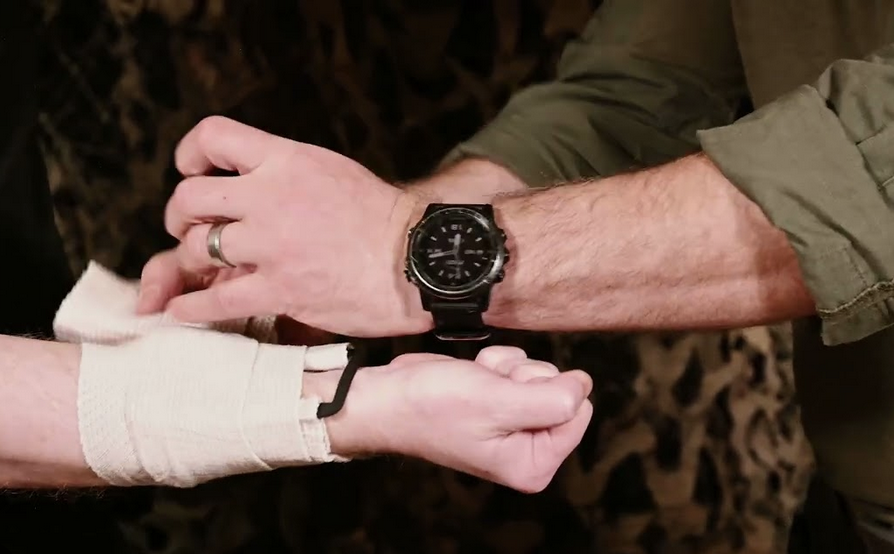In the ever-evolving landscape of emergency medical care, advancements in technology have played a crucial role in improving patient outcomes. One such innovation that has significantly impacted emergency medical interventions is the Owen trauma bandage. These specialized bandages, designed to address severe injuries and trauma, have become indispensable tools for first responders and healthcare professionals. This article explores the benefits of modern trauma bandages and underscores their importance in emergency medical care.
Immediate Hemorrhage Control:
One of the primary advantages of modern trauma bandages is their effectiveness in controlling hemorrhages. Severe bleeding is a life-threatening emergency that demands prompt intervention. Traditional methods like direct pressure and tourniquets are effective to some extent, but modern trauma bandages take hemorrhage control to a new level.
Many modern trauma bandages are equipped with advanced hemostatic agents, such as chitosan or kaolin, which accelerate the blood clotting process. This rapid hemostasis is crucial in preventing exsanguination and maintaining the patient’s blood volume, enhancing the chances of survival during the critical moments before reaching a medical facility.
User-Friendly Design:
Unlike traditional bandages, which might require a certain level of expertise to apply correctly, modern trauma bandages are designed for ease of use. They often feature intuitive packaging and application methods that enable even non-medical personnel to administer effective first aid.
Many trauma bandages come with built-in pressure applicators and securing mechanisms, allowing quick and efficient application in high-stress situations. This user-friendly design is especially crucial in emergencies where time is of the essence, and immediate action can make a significant difference.
Sterility and Infection Prevention:
Trauma bandages prioritize sterility to minimize the risk of infections in open wounds. The materials used in modern trauma bandages are often designed to create a protective barrier against contaminants, reducing the likelihood of secondary complications.
Additionally, some trauma bandages incorporate antimicrobial agents to further enhance their infection-fighting capabilities. This feature is particularly important in emergency situations where the wounded individual may not have immediate access to medical facilities for wound care.
Versatility in Wound Management:
Modern trauma bandages are versatile tools capable of addressing various types of injuries. Whether it’s a penetrating injury, a laceration, or a burn, trauma bandages are designed to adapt to different wound types. This versatility streamlines the process for first responders, allowing them to focus on addressing the specific needs of the patient without the need for multiple types of bandages.
In the realm of emergency medical care, modern trauma bandages have emerged as invaluable assets, revolutionizing the way severe injuries are managed. Their ability to provide immediate hemorrhage control, user-friendly design, emphasis on sterility, and versatility make them indispensable tools for first responders, emergency medical technicians, and healthcare professionals alike. As technology continues to advance, the role of modern trauma bandages in saving lives and improving patient outcomes is only set to grow, solidifying their place as a crucial component of emergency medical care protocols. Read more information on the Owen trauma bandage here.

